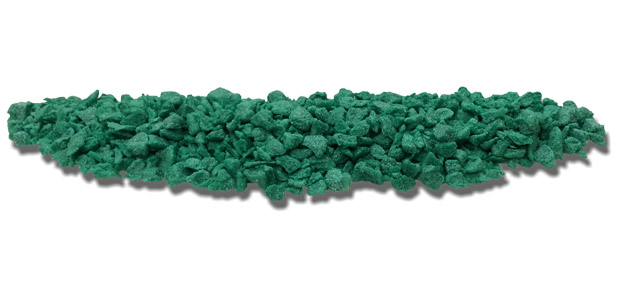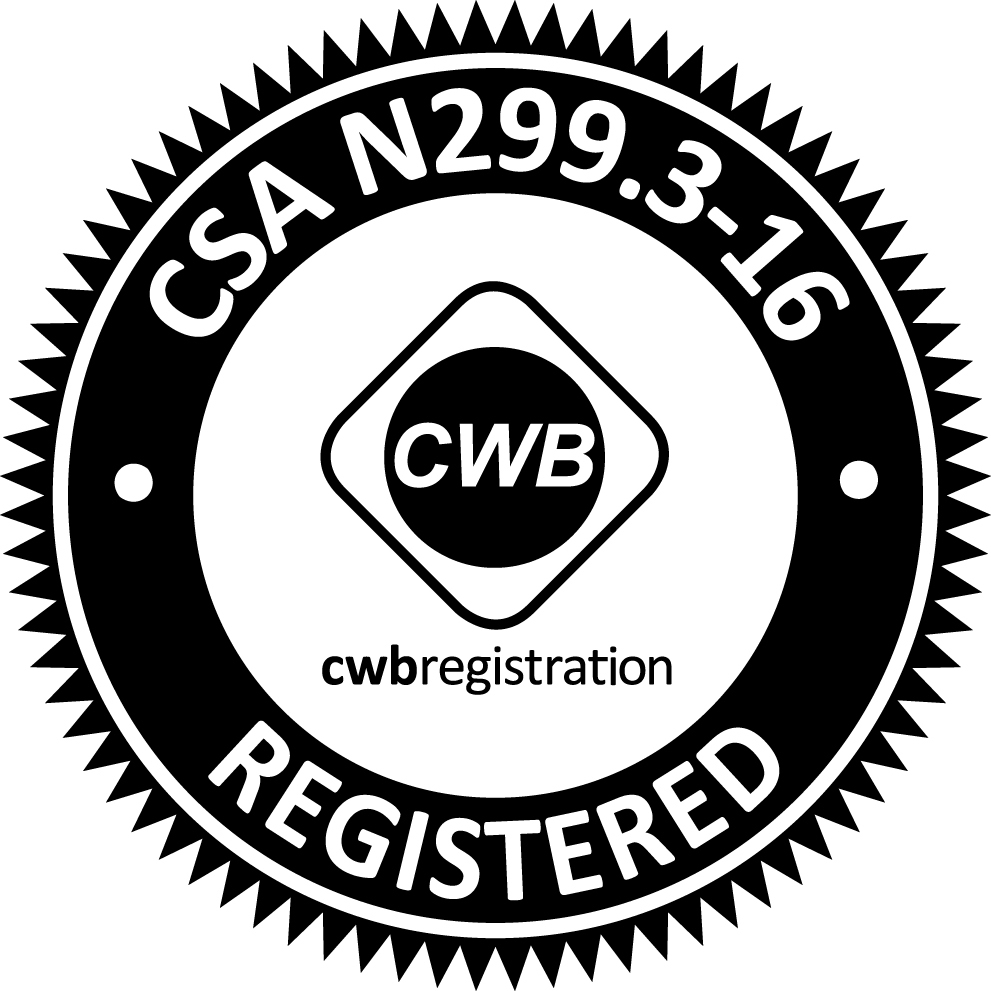Borated Polyethylene Pellets
SWX-201HD 5% Borated Polyethylene – High Density Sizes: U-R-G-C-B-X-H-P
To better serve the marketplace, our 5% Borated Poly was expanded to include a high density version of 201. This material has all the properties of the 201, but the added density contributes to better gamma shielding.
As an alternative to shaping the material in your own shops, our experienced staff can supply the material to your specifications. We have furnished everything from collimators to large cylinders fabricated from type 201HD in our machine shop. Standard shapes include sheets, bricks, rods, and pellets.
This borated polyethylene material has been used around research and test reactors to shield personnel and equipment for neutron radiography and other specialized experiments. It has also been used for shielding of large neutron beam line applications. It has also been frequently used in activation analysis, in the vicinity of research accelerators, and in hot cells and glove boxes that contain neutron sources.
Polyethylene-Based Pellets | Types: 201HD & 213
Radiation shielding supplied in the form of small pellets has some unique advantages. They can be used to fill irregular volumes as well as spaces that may normally be inaccessible. In addition, the pellets can be poured in place or can be readily transported by means of air pressure or vacuum. They can be removed at a later time if desired. This provides a simple means for filling and emptying shield spaces.
These shielding pellets are available in type 201HD and 213. The pellets vary somewhat in size, but generally are on the order of 1/8″ – 1/4″ chunks for type 201HD and 1/16″ – 3/16″ round pellets for type 213. Type 201HD is available with the crusher fines, dry screened or wet washed. It should be pointed out that the packing density of pellets of any kind would be approximately one-half the density of solid material. This, of course, is because of the packing space between the pellets, and this must be considered in estimating the shielding effectiveness.




